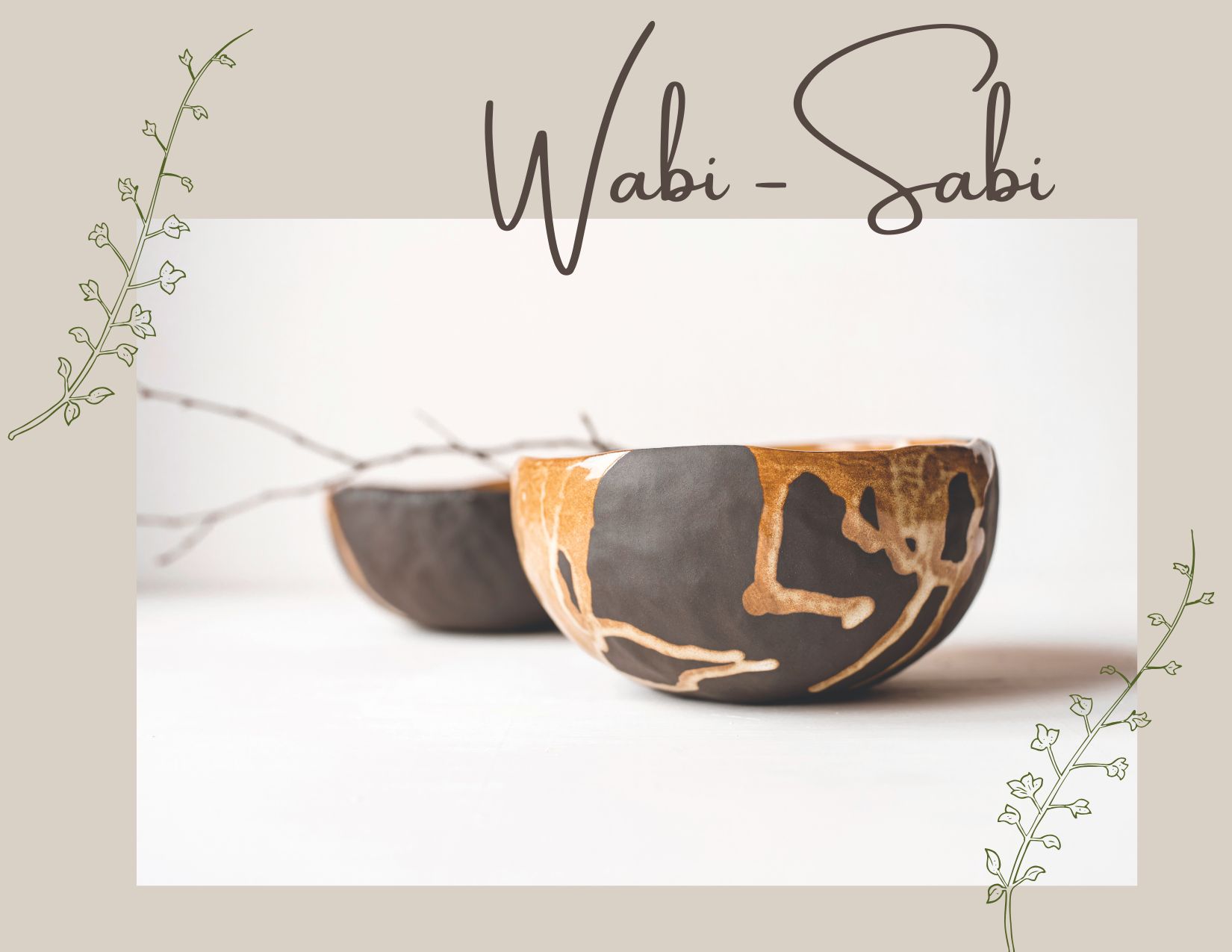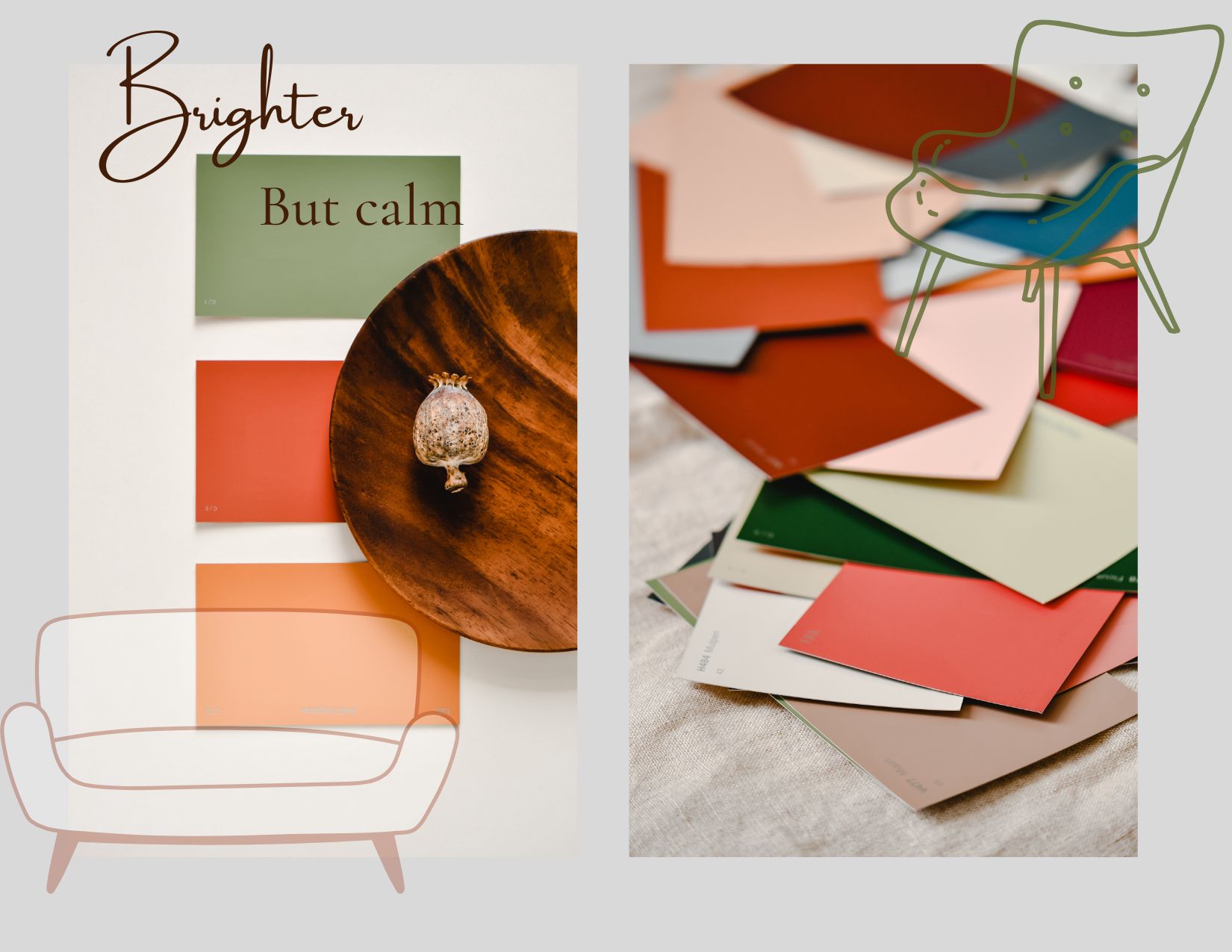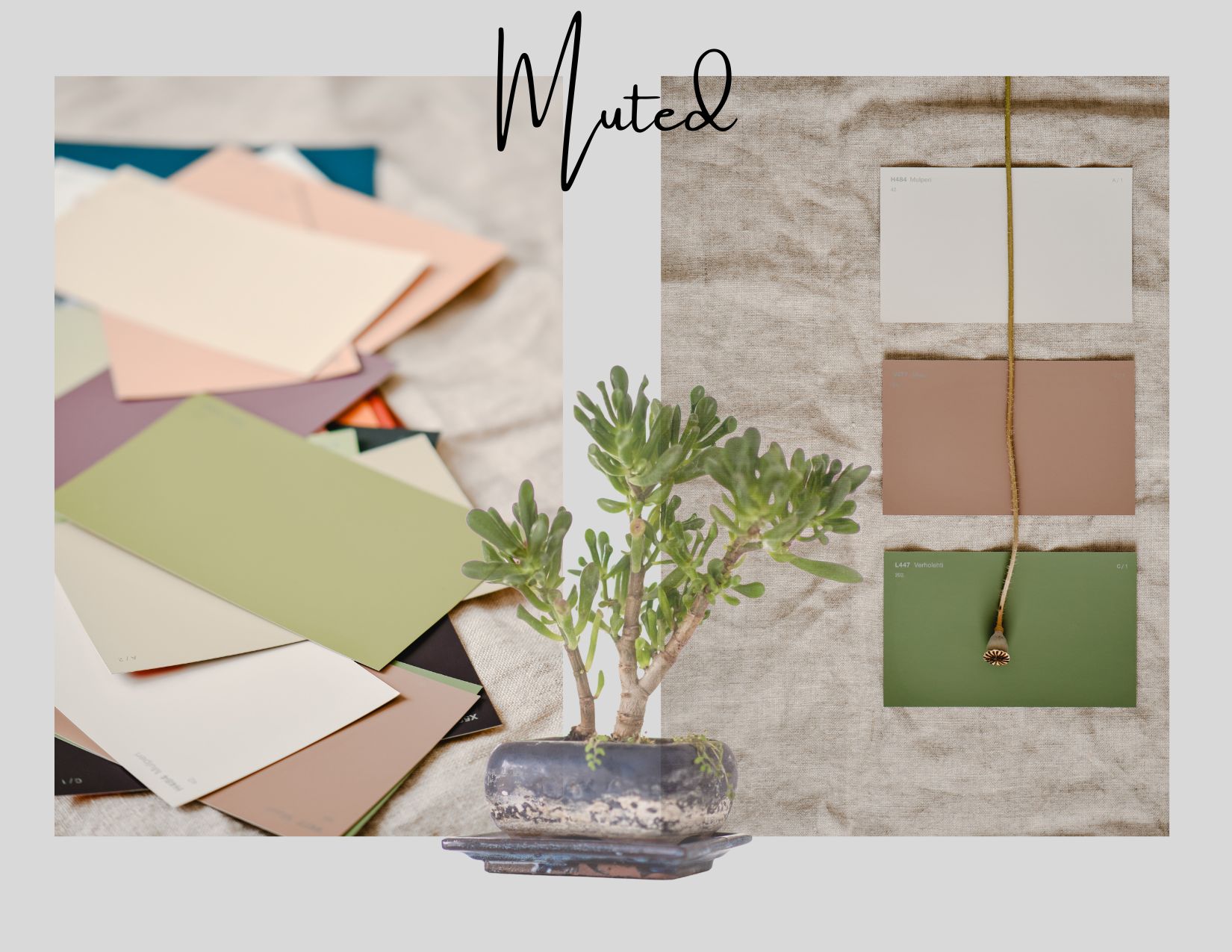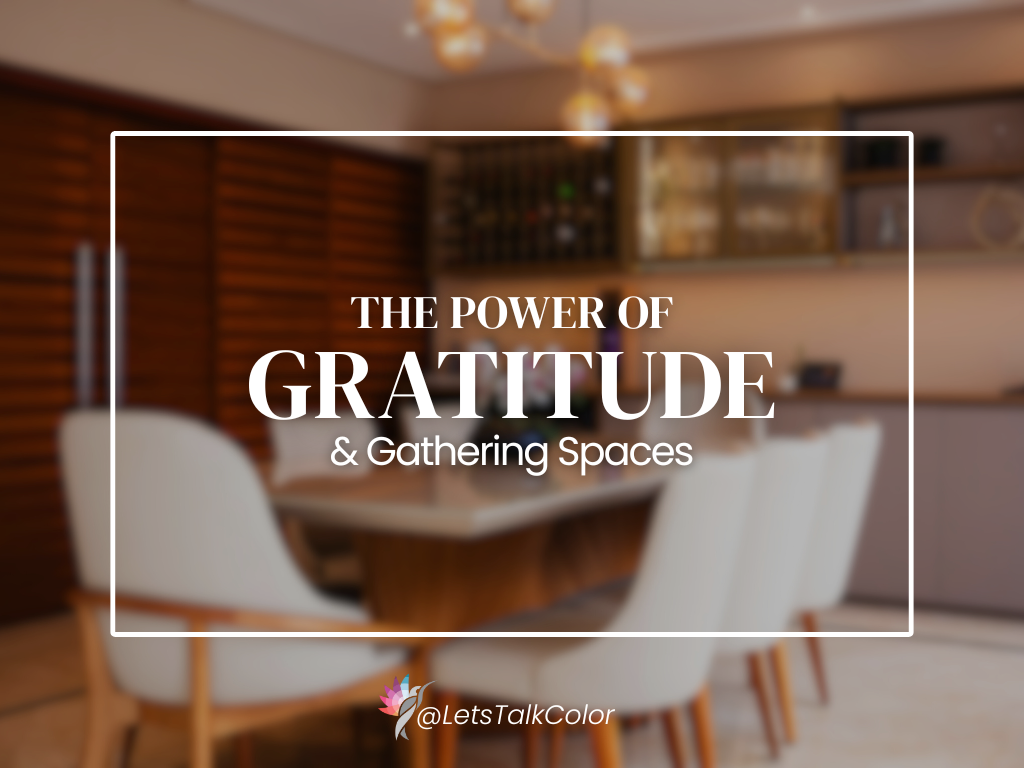Sparse without being stark. Tranquil but never bland. Functional and beautifully comfortable.
At first glance, Japan and Scandinavia don’t seem to share much. Different continents, cultures, languages, religions, and lifestyles — worlds apart in every sense. Yet both have given us some of the most beloved design philosophies in modern interiors.
And surprisingly, they have something powerful in common: a shared aesthetic rooted in simplicity, sustainability, natural materials, and comfort.
That fusion is what we now call Japandi — a design style that blends Japanese minimalism with Scandinavian warmth.
Japandi is More Than a Trend: If you’ve heard Marie Kondo say “tidy your space, change your life,” or you’re familiar with the Danish concept of Hygge (that cozy, content feeling we all crave), you already understand the heart behind Japandi. It is not just a décor style- it is a lifestyle and a design philosophy.
It embraces clarity, open space, intentional living, and calm surroundings. In a world full of constant noise — emails, ads, notifications, clutter — Japandi offers visual and emotional peace.
Most homeowners want homes that feel:
✔ Lighter
✔ Calmer
✔ Less cluttered
✔ More intentional
And after more than a decade in the design and home industry, I can confidently say: people love simplicity, they just don’t always know how to achieve it. Japandi brings that simplicity back in a way that still feels warm, livable, and effortless.
Essential Elements of Japandi Style
Core minimalist principles:
- Clean, simple lines
- Airy, filtered natural light
- Warm wood tones
- Natural, sustainable materials
- Functional pieces with purpose
- A “less, but better” mentality
It also embraces the Japanese concept of wabi-sabi — the beauty of imperfection — and pairs it with Scandinavian comfort and coziness.

Architect Franco Bertoni, author of Minimalist Architecture, explains it perfectly:
Simplicity is at the center of human needs. Japandi design reflects exactly that.
The Japandi Color Palette is one of its most recognizable strengths. It is soft, calm, and grounded — but not flat or boring.
You’ll often see:
- Warm whites and creamy neutrals (not stark, crisp white)
- Earthy tones and soft browns
- Pale greens and natural textures
- Black or charcoal accents for subtle contrast
Many people are surprised to learn that Japandi isn’t colorless. Contrast is important — especially small touches of black to anchor the space and keep the design from feeling washed out.


Japandi favors natural, eco-friendly materials such as:
- Bamboo, cork, light oak, unfinished wood
- Cotton, linen, jute, sisal
- Woven textures and handcrafted elements
Furniture is intentional and functional — low profiles, clean silhouettes, and quality craftsmanship. Décor is understated, with purpose behind every piece.

How to Create a Japandi-Inspired Home
If this style speaks to you, start with a few simple steps:
- Simplify your décor and remove visual clutter
- Choose quality over quantity
- Keep clean, open circulation paths
- Use warm wood and natural materials
- Avoid shiny, reflective finishes
- Choose matte surfaces and natural oils over heavy lacquer
- Add soft, filtered light instead of harsh brightness
- Incorporate a plant or two — bonsai, bamboo, or a sculptural leafy green
It is not about perfection — it’s about intention.
Homes are no longer just homes — they are offices, gyms, classrooms, gathering spaces, and places to rest. Japandi helps create rooms that feel peaceful, natural, purposeful, and easy to live in.
Japanese and Scandinavian design are not new to us, but the fusion of the two has been a rising trend for a reason:
✔ Calm environments
✔ Warm atmosphere
✔ Minimal clutter
✔ Beautiful simplicity
Sparse without being stark. Minimal without being cold. Calm, warm, and beautifully simple.
That’s Japandi.







